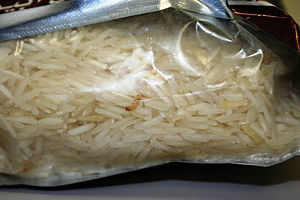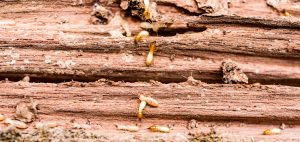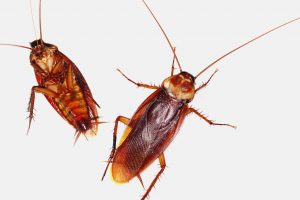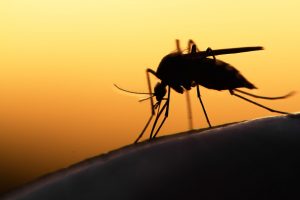
A lover of cereals and grains, this Asian insect can be a very destructive pest, causing damage to crops and fields and yielding irreversible economic damage. The Khapra beetle, also known by its scientific name Trogoderma granaries, is considered by the University of Florida Agriculture and Food one of the top 100 worst invasive species in the world. This pest can be difficult to battle, especially when faced with a large-scale infestation. The insect may also find its way into processed and packaged food products containing grains, such as flours and breads, but are mostly confined to the fresh and raw varieties existing on farmland.
The Khapra Beetle – Major Agriculture Threat
Considering that the majority of the crops grown in North America are grains, the Khapra beetle can be considered a major threat to the natural food supply. Due to its resistance to many insecticides, this also deepens the destructive and damaging qualities of the insect. Just to further cement the seriousness of the insect’s damage, the US government prohibits the import of rice from countries or areas where known infestations have occurred. The Khapra beetle can survive for long periods without food or water, and is often found feeding on low-moisture foods, like rice, oats, and wheat.
Some food facilities, and even some households, have found the khapra beetle hiding in prepackaged grain products. Items such as rice, oats, bread, and flour are common sources of food for these pests. If you are experiencing a problem with khapra beetles in your own home, there are certain steps you can take to protect yourself immediately. Even if you don’t want to use pesticides around your food area, you can introduce non-invasive techniques to remove the beetle from your affected premises.
Protect Your Food from the Khapra Beetle
If you find a khapra beetle in your home, in your kitchen items or in any other space, it is recommended that they be disposed of immediately. Simply vacuuming the insect can be a quick and easy method for control. However, this only treats the symptoms of the underlying problem. Always make sure that there are no cracks, holes, or opening in your windows or walls that may allow for easy entry for insects. Keep food tightly covered, and always refrigerate cooked grain products.
Chemical control may be necessary in some circumstances, especially when it comes to agricultural business that store grains for long periods of time. Methyl bromide and neem are common insecticides used against this insect. Consult with a qualified pesticide or insect control company to determine your specific needs.





